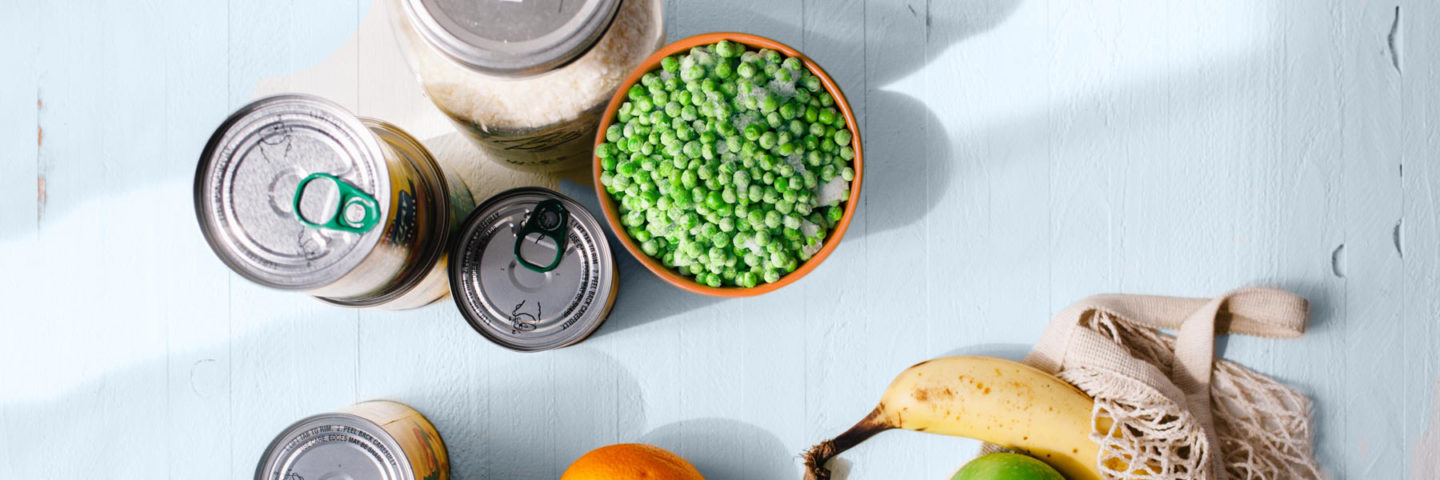
Eat More!
In the world of food and nutrition, you’re often bombarded with messages to “eat less.” Eat less sodium, eat less saturated fat, eat smaller portions… the list goes on. But when it comes to fruits and vegetables, I have the pleasure of telling you to eat more!
If you’re concerned that eating more fruits and vegetables cost too much, don’t be. Simply remember that there’s no need to purchase only fresh produce. All forms (fresh, frozen, canned, dried and 100% juice) count towards fruit and veggie goals, helping to maintain your budget and a balanced meal plan.
Additionally, processed fruits and vegetables like frozen, canned, and dried varieties are major contributors when it comes to reaching “shortfall” nutrients. A recent review article published in Advances in Nutrition described how processed fruits and vegetables provide significant amounts of fiber, folate, potassium and vitamins A and C in our meal plans.
Ideas for Using All Forms of Fruits & Veggies
Whether shopping to feed a picky eater or looking for portable options to fit your hectic lifestyle, here are tips for choosing all five (5) forms of fruits and veggies so you and your family can simply enjoy MORE.Fresh. Select the colors of the rainbow to benefit from the unique package of nutrition each color provides. Get the most from your food dollars by choosing locally grown options, shopping sales and looking for bagged options like apples and potatoes.
Frozen. Check the frozen foods aisle for items just as nutritious as fresh, as long as they haven’t been packed in added sauces or syrups. Plus, they’re already washed and prepared! Use frozen berries in your favorite smoothie recipes and heat frozen broccoli in the microwave in minutes.
Canned. Economical and convenient, canned fruits and vegetables can’t be beat. Choose reduced-sodium and no-salt-added vegetables and canned fruit packed in water or 100% fruit juice to get the most nutrition from each serving.
Dried. Options like raisins and dried plums are perfect for baking and on-the-go snacking, just remember to shop for dried varieties without added sugars. A ¼-cup of dried fruit equals ½-cup serving from the fruit food group.
100% Juice. Drinking your fruits and vegetables through 100% juice couldn’t be easier. While deep colored varieties tend to provide more disease-fighting antioxidants, 100% juice is generally a good source of vitamin C. Simply keep portion sizes in check since juice is a concentrated source of calories and naturally occurring sugar.


